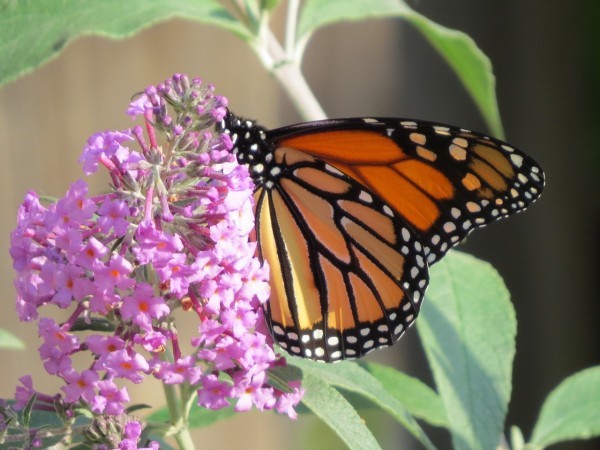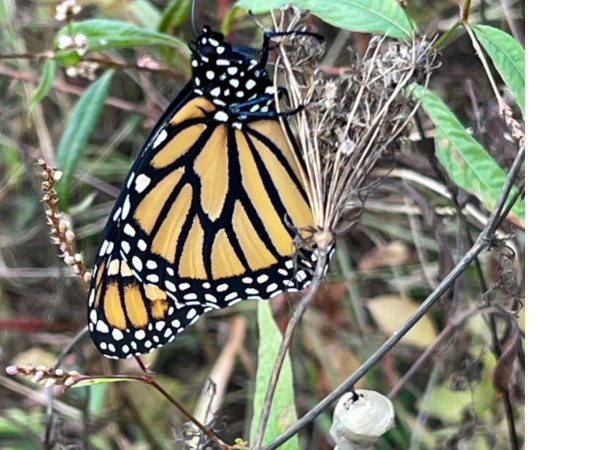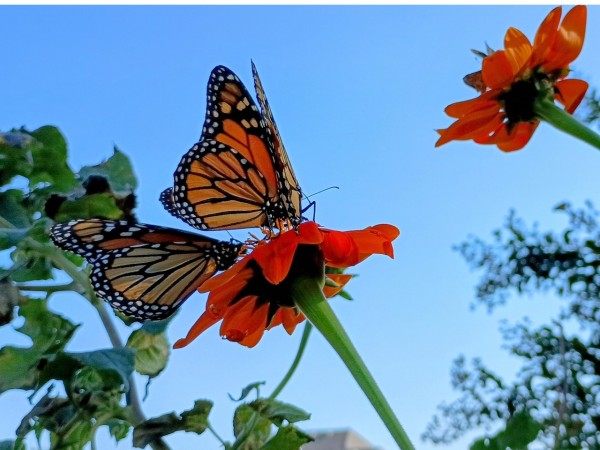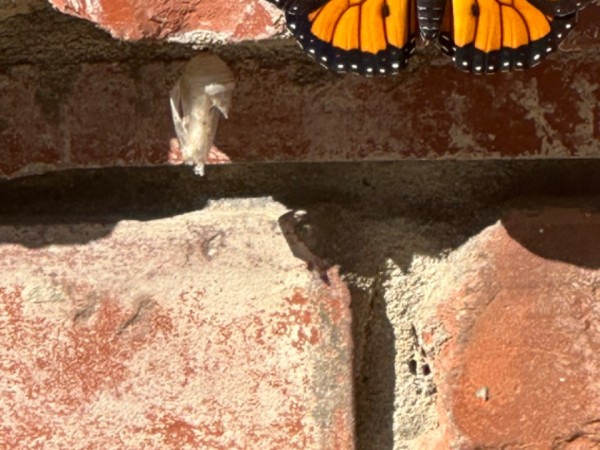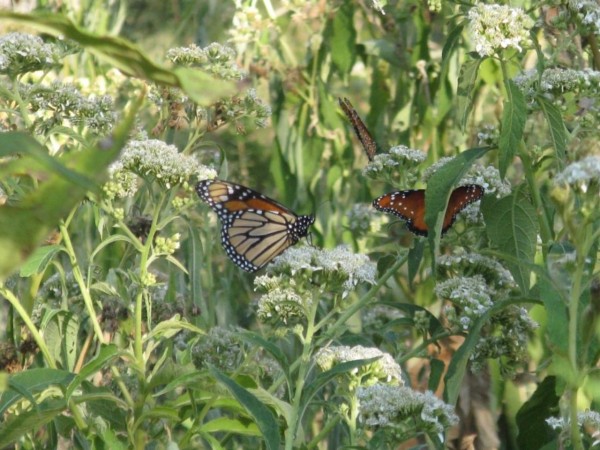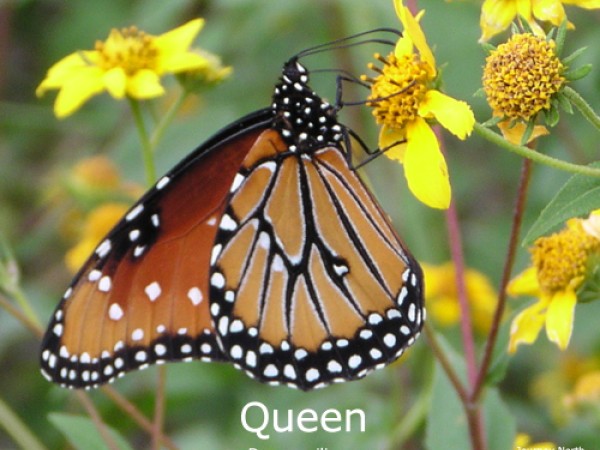Mexico's oyamel forests await monarchs' arrival
Greetings from Mexico
Estela Romero, Journey North’s eyes and ears on monarchs in Mexico during the winter, is anxiously awaiting monarchs’ arrival to the monarchs' wintering grounds in Mexico's oyamel forests. Estela is a certified English teacher, an environmental educator with Monarchs Across Georgia and has been a writer for Journey North since 2007.
Click here to view her first update of the season.
Northern frost
In our last update, we discussed northern monarch enthusiasts still seeing monarchs, with some expressing concern for their future travels and others finding a bit of luck from reading that Journey North email newsletter.
“I had just finished reading the Journey North report today, and was envious of those in the USA witnessing monarch roosts, as I haven’t spotted one here in southern Ontario since Sept. 29,” wrote Edward in Whitby on Oct. 11. “Then I went outside to water my plants, and almost fell over with excitement to see I had another visitor. I sprinted inside to grab my camera and got some photos of this male on the butterfly bush. About one hour later, a female arrived, so I am bubbling over seeing two today. They were both vibrant, fresh and strong flyers, so hold off the count in Mexico, as two more are on their way.”
While temperatures remained fairly high in many places, that changed this past week here in southern Wisconsin, as we had our coldest night of the season so far on the night of Tuesday, Oct. 15, with temperatures dropping below freezing.
A hard freeze or even frost can kill off what’s left of the monarch’s fall food sources and make things even more difficult for late-migrating monarchs.
Those still seeing monarchs in the northern parts of their range keep hoping they’ll get on their way.
In Salem, New Hampshire, Melissa reported a wild monarch on Oct. 12 after it spent 30 days in a chrysalis, writing, “Days are getting chilly and there’s not a lot of nectar around for her. I actually thought she was a goner because her pleats were opened two nights ago, but she didn’t come out until yesterday. She flew away this morning. Safe travels pretty girl!”
Amy in Oakville, Ontario reported five monarchs all relying on one flower on Oct. 11, writing “Temperatures have dropped to 9 C, so I hope they were able to make it somewhere warmer.”
Monarchs can fly between 50 and 100 miles per day, but even at that pace, it’s a lengthy trip. A monarch in Oakville, Ontario could still be looking at another 2,000 miles of flying to get to its winter range in Mexico, so they’ll have to get a move on quickly.
Moving south
Sightings were more abundant in southern locations, with states like Georgia, Oklahoma and Texas seeing numerous reports.
“Over 20 monarchs nectaring on Georgia aster,” wrote Lyndy in Stockbridge, Georgia on Oct. 13. “Mesmerizing.”
Ellen in Charleston, South Carolina reported 40 on Oct. 12, writing, “The monarchs are still enjoying the gardens and slightly cooler autumn air.”
“So many monarchs feeding on tithonia,” reported Karen in Glenpool, Oklahoma on Oct. 11 with a count of 26 monarchs.
Hopefully, these monarchs or their offspring will make it to Estela’s neck of the woods down in Mexico soon. Monarchs still laying eggs will be the parents of the year’s fifth generation, which will begin the journey south from places like Tulsa, Oklahoma, where Karyl reported a newly emerged monarch on Oct. 11.
Monarch vs Queen
In these southern states, we also received a number of reports of queen butterflies, one of the closest monarch doppelgangers, and even received some sharp photos of monarchs and queens occupying the same spaces.
“Monarch seen among dozens of queen butterflies nectaring on frostweed,” wrote Chuck in Driftwood, Texas on Oct. 10. “Hot and dry in this area with a high of 98 today.”
In Chuck’s photo, you can see the queen on the right and the monarch on the left, as well as another queen just above the more visible one. While the difference between a queen and a monarch may look obvious in this photo, the resemblance gets more apparent with closed wings, as the queen has a very similar pattern on the underside of its wing.
If you want to report sightings of queens to Journey North, you can report them in the “Signs of Fall” category.
The State of Monarch Conservation
This summer, many Journey North volunteers have expressed concern about the monarch population and the monarch’s status, given anecdotal reports of fewer monarchs this summer and less than a hectare of area occupied by monarchs at overwintering sites in Mexico last year.
Monarch Joint Venture Executive Director Wendy Caldwell hosted a webinar last week titled “The State of Monarch Conservation.” If you’re interested in monarchs, you may find it interesting. You can watch a recording of it on MJV’s YouTube page.





